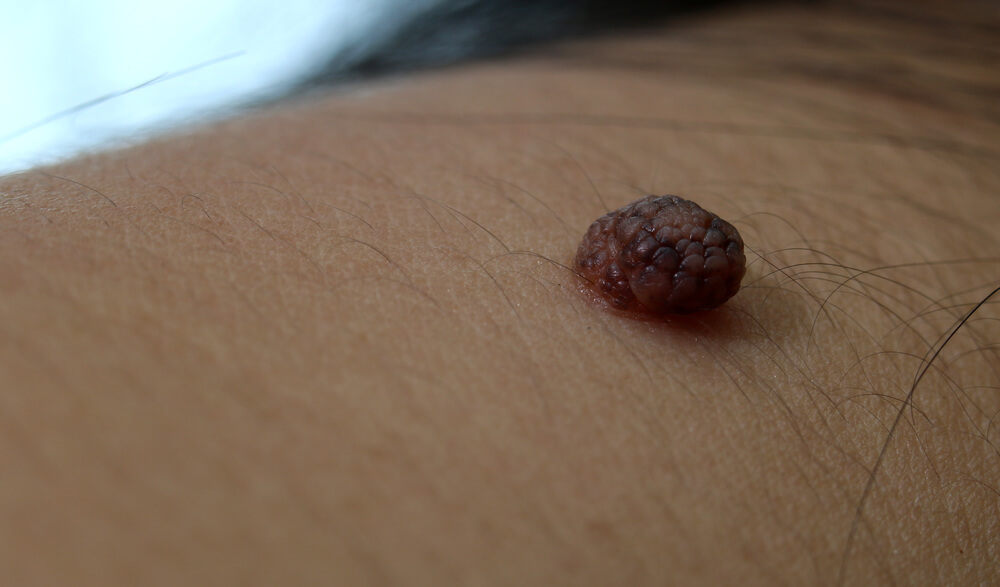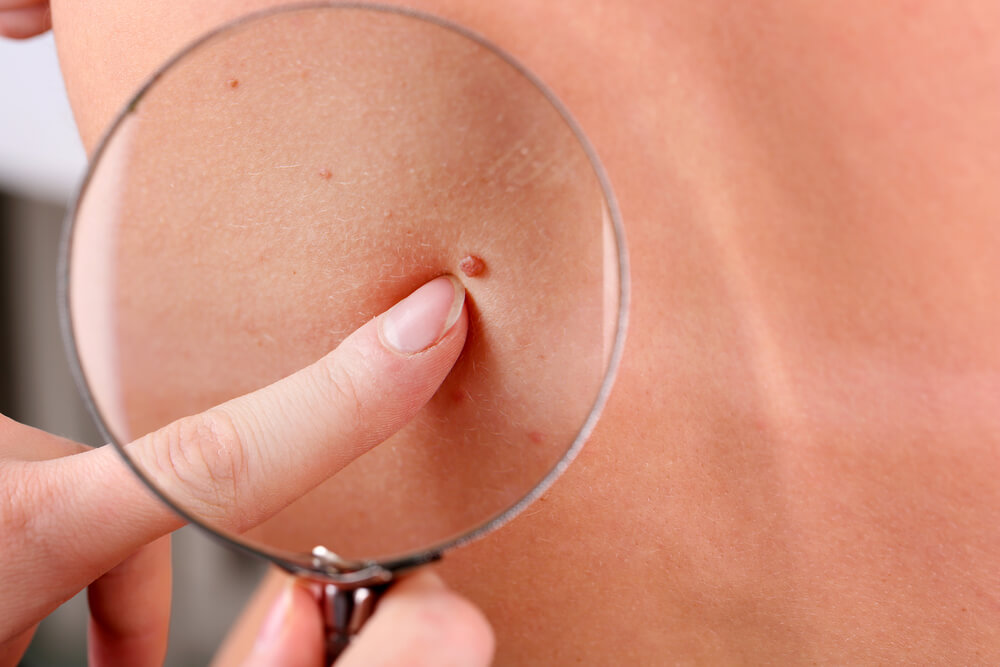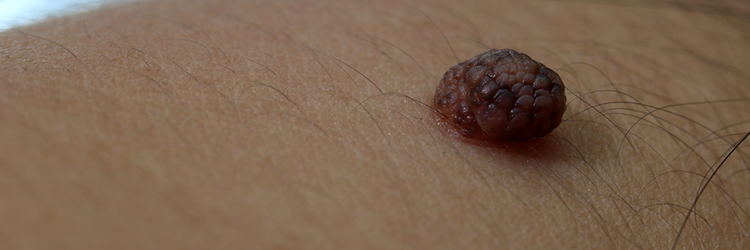While one at the right spot can be a beauty spot, too many of them can be spoilers…let’s talk about moles.
What exactly are moles?

Where can they appear?
Moles can appear anywhere on the skin, though they are usually found above the waist. They are rarely found on the breasts, buttocks or scalp.
How do moles occur?
Moles can either be congenital or acquired. Congenital moles are present since birth while acquired moles develop during the lifetime of an individual. Compared to congenital moles, acquired moles are smaller in size.
What is a dysplastic naevus?
One out of every ten people is found to have at least one unusual or atypical mole, which is different in appearance from an ordinary mole. Such moles are known as dysplastic naevi or Clark naevi.A dysplastic naevus may be larger in size as compared to a common mole. It may also differ in its colour, surface, and border. A dysplastic naevus is generally flat with a smooth and slightly scaly surface. Borders of dysplastic naevus are irregular and poorly defined. The irregular borders may include notches. When an atypical mole is viewed under the microscope, the features observed appear to be in-between a normal mole and a melanoma.
 As compared to the ordinary mole, there are more chances of dysplastic naevi turning cancerous, but most dysplastic naevi do not turn into melanoma. However, researchers have found that more the number of dysplastic naevi a person, greater the chances of developing a melanoma.
As compared to the ordinary mole, there are more chances of dysplastic naevi turning cancerous, but most dysplastic naevi do not turn into melanoma. However, researchers have found that more the number of dysplastic naevi a person, greater the chances of developing a melanoma.Cancerous moles vs. normal moles: When does a mole become problematic?
Though it is unusual for a mole to become problematic, it does sometimes turn into a melanoma, which is a serious type of cancer. This kind of skin cancer is dangerous as it spreads to the nearby tissues and organs. The good news is that not all moles are cancerous, but people with more than 50 common moles have a risk of developing a melanoma.
Changes in the shape, size or colour of a mole may be a warning sign of melanoma. If you’re wondering how to tell if a mole is cancerous, read on. The following changes in a common mole or in a dysplastic naevus should raise an alarm:-
- Changes in colour;
- Alteration in outline, height, shape or texture;
- Variation in size;
- Mole becomes lumpy or hard to touch;
- Moles become painful or tender;
- Bleeding in moles
If you notice any of the above changes in your mole, do immediately bring it to the notice of your dermatologist so that a thorough investigation can be done and appropriate measures taken!















